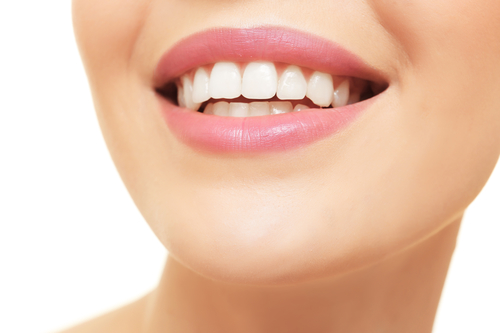
We all want that bright, white smile to feel our most confident selves. But whitening your teeth shouldn’t come at a cost to oversensitivity and harming your enamel. Whitening your teeth can be done safely and effectively, if you whiten correctly.
Is Teeth Whitening Dangerous?
First things first, always check with your trusted dentist before starting any kind of whitening regimen. There are many safe ways to achieve a whiter smile either from the comforts of home, or in a dentist chair and your dentist can help you decide which whitening treatment will give you your desired results in the timeframe you’re hoping to see them in.
If not done properly, whitening can cause injury and damage to your soft tissues and enamel which is irreplaceable. Always use a teeth whitening treatment that has the ADA seal of approval.
Why You Should Skip the DIY Whitening Guides
With today’s social media society, there are many whitening tactics that claim to be effective just by using ingredients found in your common kitchen. But, if it sounds too good to be true, it probably is. Applying natural teeth whitening methods to your teeth are mostly done by scrubbing the enamel away to remove superficial stains, and overtime, these methods will cause your enamel to become thinner and thinner causing extreme sensitivity.
How can you tell whether something you’ve seen on the internet, like charcoal toothpaste, is really something you should try out at home?
If you don’t see the ADA seal of approval on the packaging, always talk to your hygienist or Dr. Barton at your next exam before a potential DIY disaster.
Professional Whitening vs. Home Whitening Kits
When it comes to whiter teeth, most people think of professionally administered in-office whitening treatments, but are a wide range of at home whitening options available to achieve a whiter smile too. The main difference between the two options is how long you want to wait to achieve the end results you’re hoping for. While at-home whitening can be more affordable, it also takes longer than an office visit because of the strength of the whitening treatments.
With professional whitening, you have two different options:
Professional Whitening From Your Dentist
A high concentration of peroxide is applied to the teeth and a light is used, which accelerates the chemical reaction and the whitening agents. With a few sessions, about an hour each time, can produce quick and dramatic results.
Custom Whitening Trays
Custom made by your dentist, whitening trays are created after your dentist takes impressions of your teeth. These trays resemble a retainer or mouth guard and are then used by squirting professional grade hydrogen peroxide gel into the trays and placing them in your mouth for the recommended time. The trays keep the whitening gel in place surrounding the surfaces of your teeth and away from the gum line where the whitening gel can cause harm.
At-home teeth whitening treatments include:
Whitening Toothpaste
Toothpaste with specified whitening ingredients work by lightening your teeth superficially by being more abrasive than a regular toothpaste. A whitening toothpaste can remove staining on your teeths surface, but not the internal color of your teeth.
Whitening Strips
Each whitening strip is coated with a whitening gel that contains hydrogen peroxide. Each strip molds around your teeth – one strip for the top and one for the bottom teeth. Because the whitening strips aren’t fitted to your exact teeth, they can often produce uneven results and don’t get into the curves between your teeth causing white surfaces and yellow edges.
Have Sensitive Teeth? Talk to Your Dentist Before Whitening
Your dentist can predict if you will have problems with your teeth becoming sensitive after a whitening treatment. They may also be able to help you alleviate sensitivity by recommending certain products to treat sensitivity, and checking for signs of root damage caused by tooth whitening.
Ask Dr. Barton about a special recommendation for which teeth whitening treatment is best for you and your smile at your next appointment.





